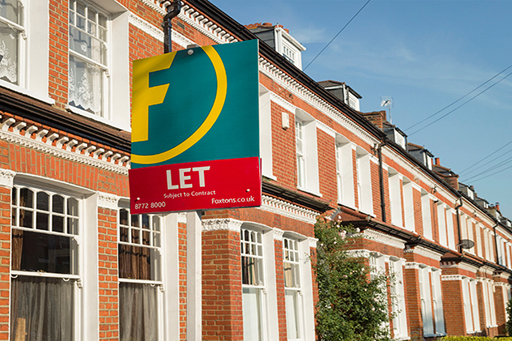2.4.3 Buy-to-let
Another development, particularly from the mid-1990s onwards, has been the growth of the ‘buy-to-let’ sector. This has become more common as a result of the development of specialist buy-to-let mortgages in the competitive mortgage marketplace and the introduction of the Assured Shorthold Tenancy contract which gives landlords greater powers to terminate tenancies.
Buy-to-let mortgages allow expected rental income to be taken into account when assessing the borrower’s ability to afford a mortgage on a property intended for rental. While the financial crisis that began in 2007 impacted on house prices and led to mortgage providers demanding larger deposits, buy-to-let can still be an alternative to, or complement, other investments or pension plans. This is because even if the future direction of property prices is not known with certainty, buy-to-let landlords can still make a return from the rental income they receive.
In fact, there were some media reports that uncertainty in the property market was good for buy-to-let investors. This was because first-time buyers were reluctant to enter the market which, combined with the large deposits required from those who wanted to buy, meant there was more demand in the rental sector (Telegraph, 2010).
Another report argued that although buy-to-let played a part in the house price boom, it also increased the size of the private rented sector and therefore helped to keep prices lower than they otherwise might have been (National Housing and Planning Advice Unit, 2008).

